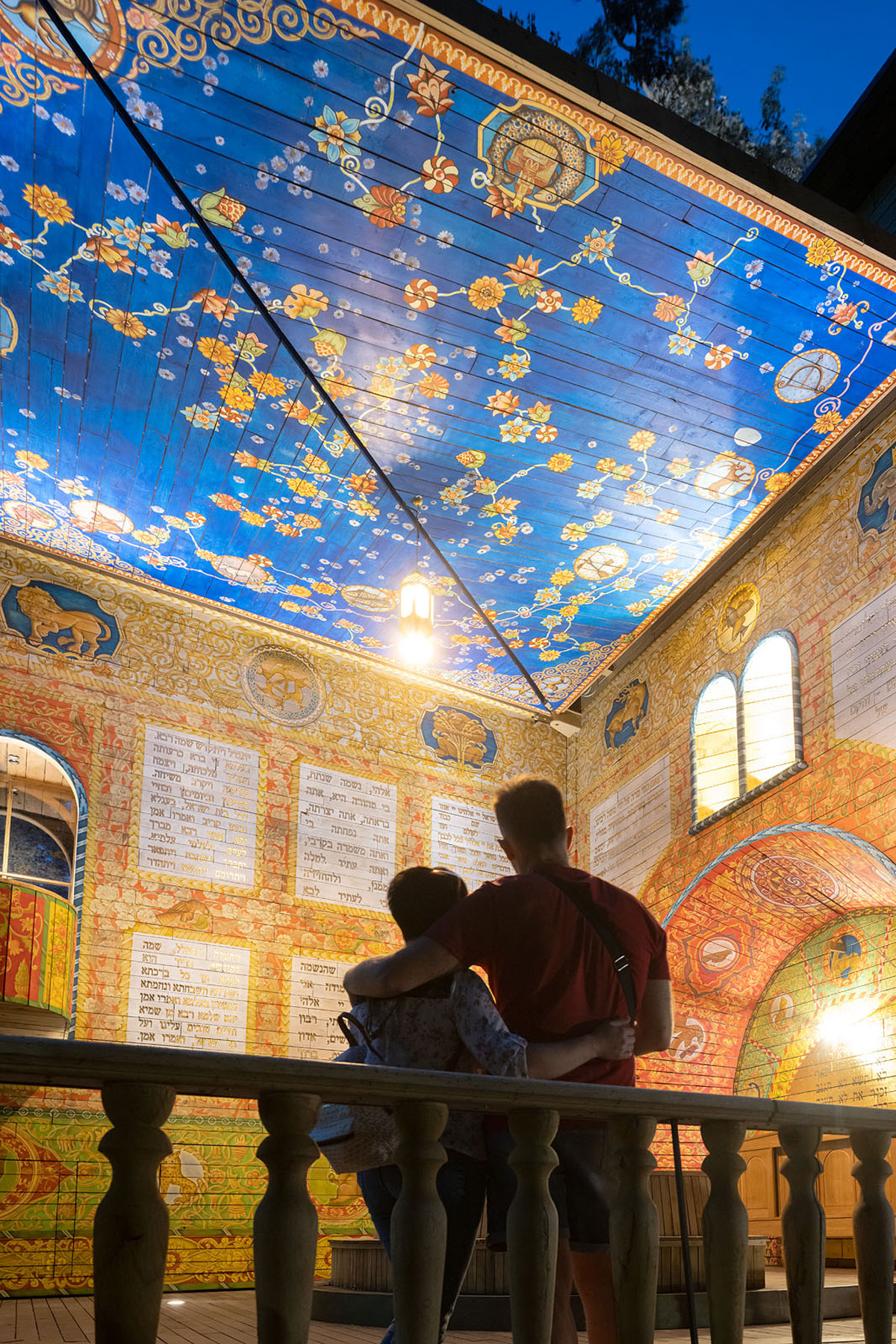The cruel noise of the war
A few months ago, Manuel Herz completed a wooden synagogue West of Kyiv, on the site of Babyn Yar, where took place one of the bloodiest massacres of the Second World War. As the area is once again under attack, the architect speaks out.
By Manuel Herz
As I am writing this, Babyn Yar is being attacked. The site of one of the worst massacres of the 20th century, where in 1941 tens of thousands of people were killed within few days at the hands of the Nazis, has again become a site of war and killing. Five people died when a TV tower and a sports center located on the grounds of Babyn Yar, on the outskirts of Kiev, were hit. Beyond the incredibly tragic loss of life, it represents a destruction of history, and a violation of all the over 33.000 victims who died there 80 years ago. Within a horrendous war, the looming destruction of a memorial site of this scale and meaning is another horrific chapter debasing our humanity.
When in October 2020 I was commissioned to design a Synagogue for the site of Babyn Yar I was extremely moved by the honor to build on this territory, that represents one of the “Ground Zeros” of European (or even World) history, and of the responsibility that this imbued on me as an architect. Of course, one aim was to shape a building which commemorates the past. But even more, with its fragile wooden construction, its transformative quality and colorful painting, making it different from any other kind of “monumental” and commemorative architecture known to me, I wanted to design a building in which Jews can pray, but also one that is open to visitors and citizens of Kyiv. It was to be a place in which together they could celebrate the beauty of life. As the building was to open with the commemoration days of 80 years of the massacre on September 29/30 in 2021, the period of design and construction, taking a mere six months, was as intense as the practice of architecture can get. During this time, I got to know an astounding and deeply committed group of people in Kyiv that have since become close friends. Within only seven days of Russian invasion into Ukraine, they have been drawn into a bitter war, many of them have become refugees.
Yesterday, on March 1, rockets have struck just 150 Meters from the synagogue. Only a few months after its inaugurations, the synagogue is caught up in a war, that only celebrates death. What is the point of commemorating history, if the lessons to be learned are forgotten and ignored so easily? It leaves me speechless, numb and powerless.
Compared to other commemorative architecture that is mostly built of stone and concrete, the fragility of the wooden Synagogue means that it must be cared for every day. This daily care, and its fragility, is precisely what represents actual commemoration. The Synagogue needs its community, its audience and its visitors. With the site having become a war zone, it has been robbed of this community. I pray for the people of Kiev, and of Ukraine, that the savagery of the war ends as fast as possible, and I hope that the Synagogue can eventually regain its community, so that the lessons of fragility are not drowned out by the cruel noise of the war.


